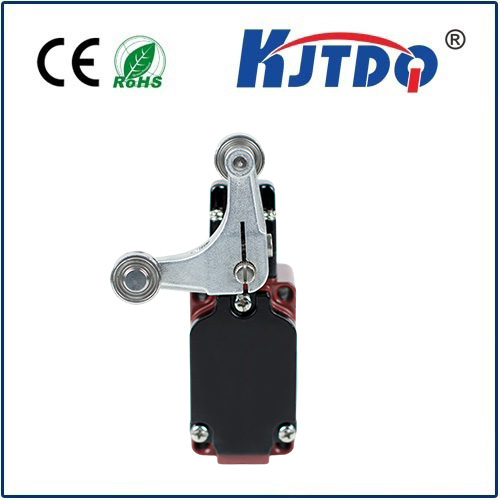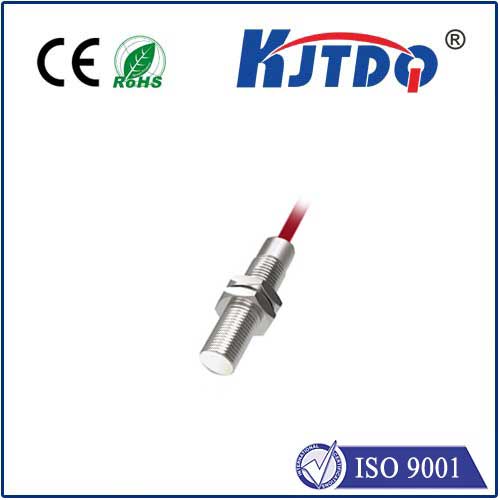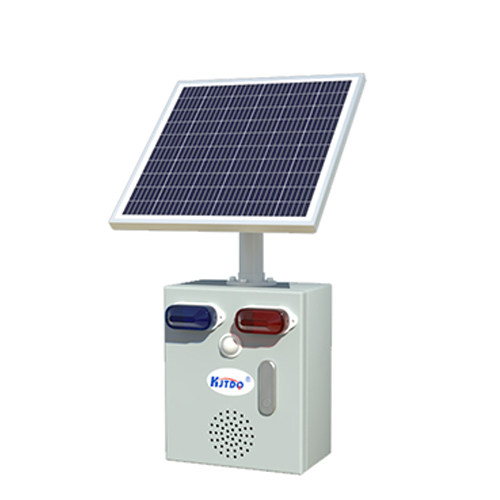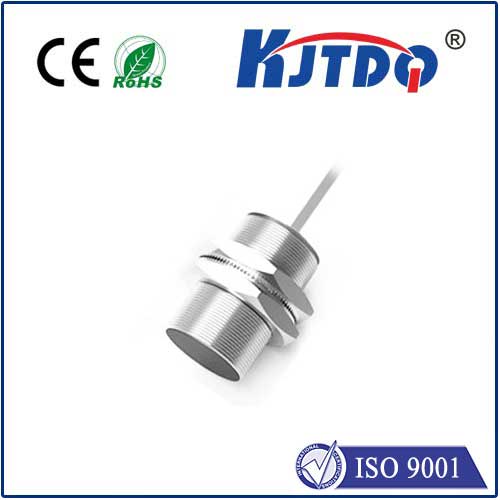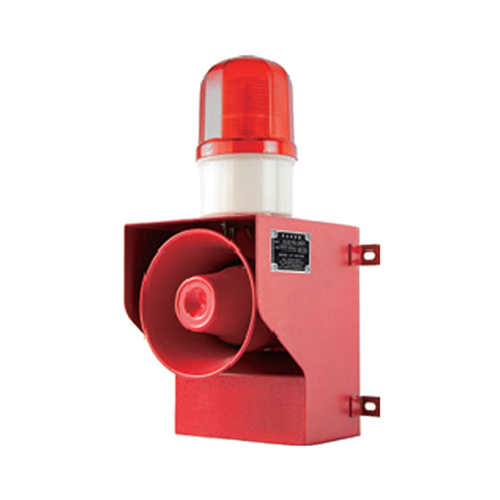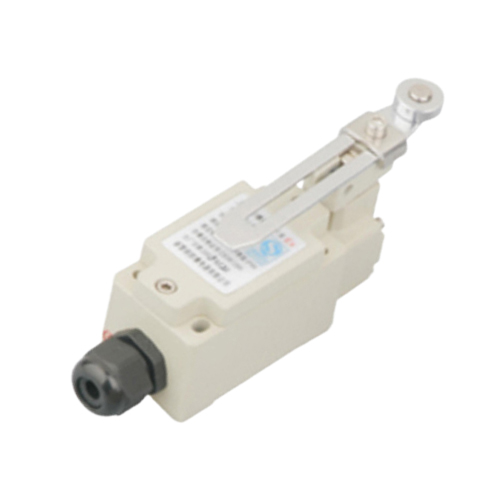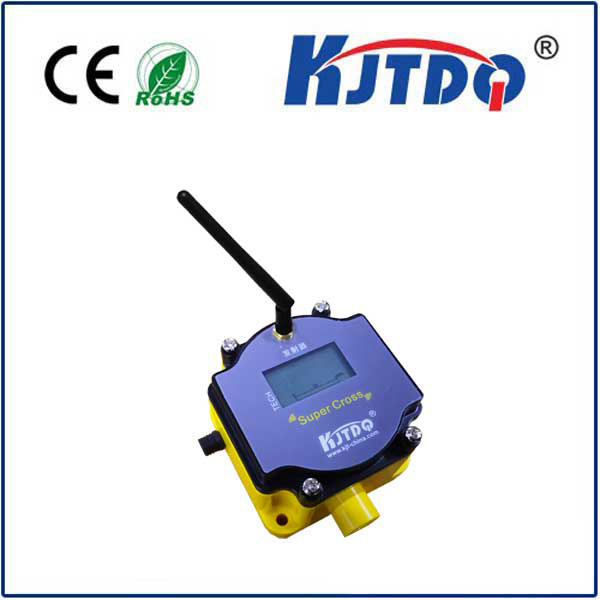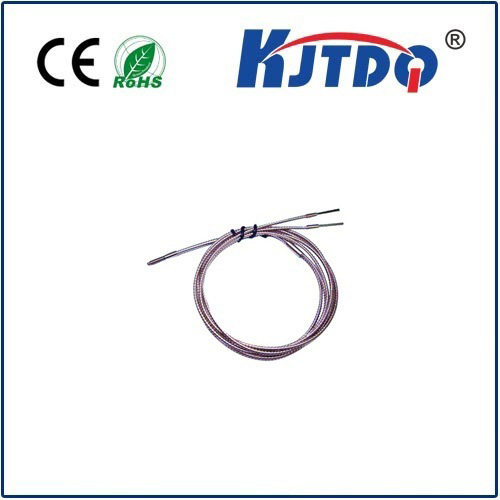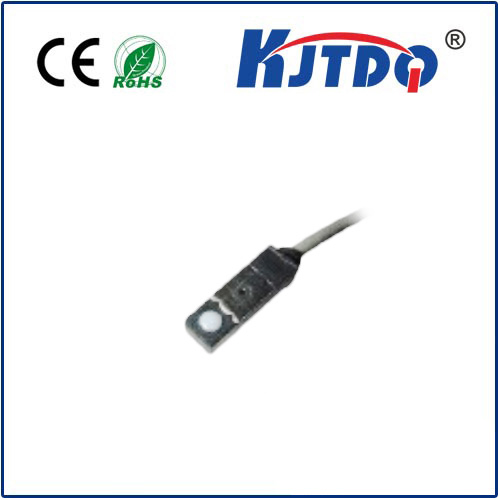lj18a3 proximity sensor
- time:2025-06-27 01:57:33
- Click:0
LJ18A3 Proximity Sensor: The Essential Workhorse of Industrial Automation
Forget complex machinery stealing the spotlight. Often, it’s the unsung heroes like the LJ18A3 proximity sensor that keep the wheels of industry turning smoothly. This rugged, reliable device is a cornerstone in countless automated processes, silently detecting presence or absence without physical contact. Understanding its capabilities is key to unlocking efficiency and reliability on the factory floor.
What Exactly is an LJ18A3 Proximity Sensor?
The term “LJ18A3 proximity sensor” refers to a specific, widely recognized model within a family of inductive proximity sensors. Characterized by its cylindrical body shape and an 18mm diameter, the LJ18A3 is a non-contact sensor primarily designed to detect the presence of metal objects.
- Inductive Principle: At its core, the LJ18A3 works on the principle of electromagnetic induction. It generates an oscillating electromagnetic field from its sensing face. When a metallic target enters this field, eddy currents are induced within the metal, causing a measurable change in the sensor’s internal oscillation amplitude. This change triggers the sensor’s output circuitry.
- Non-Contact Operation: This is its defining advantage. There’s no physical wear and tear from repeated impacts, unlike mechanical switches. This translates directly to significantly longer lifespans and reduced maintenance headaches.
- PNP vs. NPN: The LJ18A3 typically comes in two primary output configurations: PNP (Sourcing) and NPN (Sinking). This refers to how the sensor switches its output signal relative to the supply voltage (usually DC 10-30V). Choosing the correct type is crucial for compatibility with your PLC (Programmable Logic Controller) or other control system input cards.
- Normally Open (NO) / Normally Closed (NC): Models are available as Normally Open (output turns ON when a target is detected) or Normally Closed (output turns OFF when a target is detected). Selecting the right logic is essential for the intended control function.
Key Specifications and Advantages of the LJ18A3 Sensor

The enduring popularity of the LJ18A3 stems from its well-balanced features meeting common industrial demands:
- Robust Sensing Range: Offering a typical sensing distance of 2mm, 4mm, or 5mm (depending on the specific variant), it provides reliable detection for standard applications involving metal parts like machine guards, cylinder pistons, position verification, or object counting.
- Flush-Mount Capability (Shielded): Most LJ18A3 variants are shielded, meaning the active electromagnetic field is focused forward. This allows them to be flush-mounted in metal brackets or panels without the risk of the surrounding metal triggering false detections. This simplifies installation and protects the sensor body.
- Enhanced Protection Rating: Featuring an IP67 protection rating, the LJ18A3 is resilient against dust ingress and temporary water immersion. This makes it suitable for challenging industrial environments prone to dust, oil, coolant splashes, and general shop floor grime.
- Reliability & Longevity: Built with industrial-grade components and benefiting from non-contact operation, these sensors offer exceptional reliability and long service life, minimizing downtime and replacement costs.
- Cost-Effectiveness: Being a standardized, mass-produced component, the LJ18A3 inductive proximity sensor represents a highly cost-effective solution for numerous detection tasks, providing excellent value.
- Easy Installation & Wiring: Its standardized M18 threaded barrel design allows for straightforward mounting using a simple locknut. Connection is typically via a pre-wired cable or quick-disconnect (M12 connector option in some variants).
Where Does the LJ18A3 Proximity Sensor Shine? Applications
The versatility of the LJ18A3 makes it invaluable across diverse sectors:
- Machine Automation: Detecting the end position of pneumatic/hydraulic cylinders (cylinder piston magnets), verifying tool presence in spindles, confirming part clamping, monitoring machine guarding positions.
- Conveyor Systems: Counting metal parts on a line, detecting the presence/absence of products (pallets, containers) at specific stations.
- Packaging Machinery: Confirming the passage of metal lids, foils, or components; detecting filled vs. empty positions.
- Material Handling: Verifying pallet presence on lifts or AGVs (Automated Guided Vehicles), position sensing on lifts and actuators.
- Robotics: End-of-arm tooling detection, part presence/absence verification at grippers or workstations.
- CNC Machining: Tool break detection (for metal tools), part clamping confirmation, chip conveyor monitoring (detecting metal buildup).
- Automotive Assembly: End-of-line testing station triggers, component verification (e.g., engine block presence), door/hood open detection mechanisms.
Choosing and Using Your LJ18A3 Sensor Effectively
To maximize the performance and lifespan of your LJ18A3 proximity sensor, consider these points:
- Output Type is Crucial: Double-check whether your control system requires a PNP (Sourcing) or NPN (Sinking) input before purchase. Mismatch is a common installation error.
- Target Material Matters: While designed for ferrous metals (iron, steel), LJ18A3 sensors can detect non-ferrous metals like aluminum or brass, but the effective sensing distance will be significantly reduced. Refer to the sensor’s datasheet for reduction factors.
- Mind the Gap: Ensure the target approaches the sensor face perpendicularly. Maintain the specified nominal sensing distance; don’t rely on maximum range for critical positioning.
- Environment: While IP67 rated, avoid exposing the sensor to prolonged immersion, high-pressure jets, or aggressive chemicals unless specifically rated for it. Ensure the operating temperature range (-25°C to +70°C is typical) is suitable.
- Electrical Load: Verify the sensor’s output current rating is sufficient for the load it’s switching (e.g., PLC input module, relay coil).
The LJ18A3: A Fundamental Component for Reliability
In the intricate dance of modern manufacturing and automation, the LJ18A3 proximity sensor plays a fundamental role. Its simplicity, robustness, cost-effectiveness, and reliable non-contact detection of metallic objects make it an indispensable component. From ensuring a cylinder is fully retracted to counting products zooming down a conveyor, this versatile 18mm sensor delivers critical feedback, driving efficiency and preventing costly errors. Whether you’re designing a new system or maintaining existing equipment, understanding and correctly applying the LJ18A3 inductive proximity switch is a fundamental skill for optimizing industrial performance. Its status as an industry workhorse is well-deserved.






